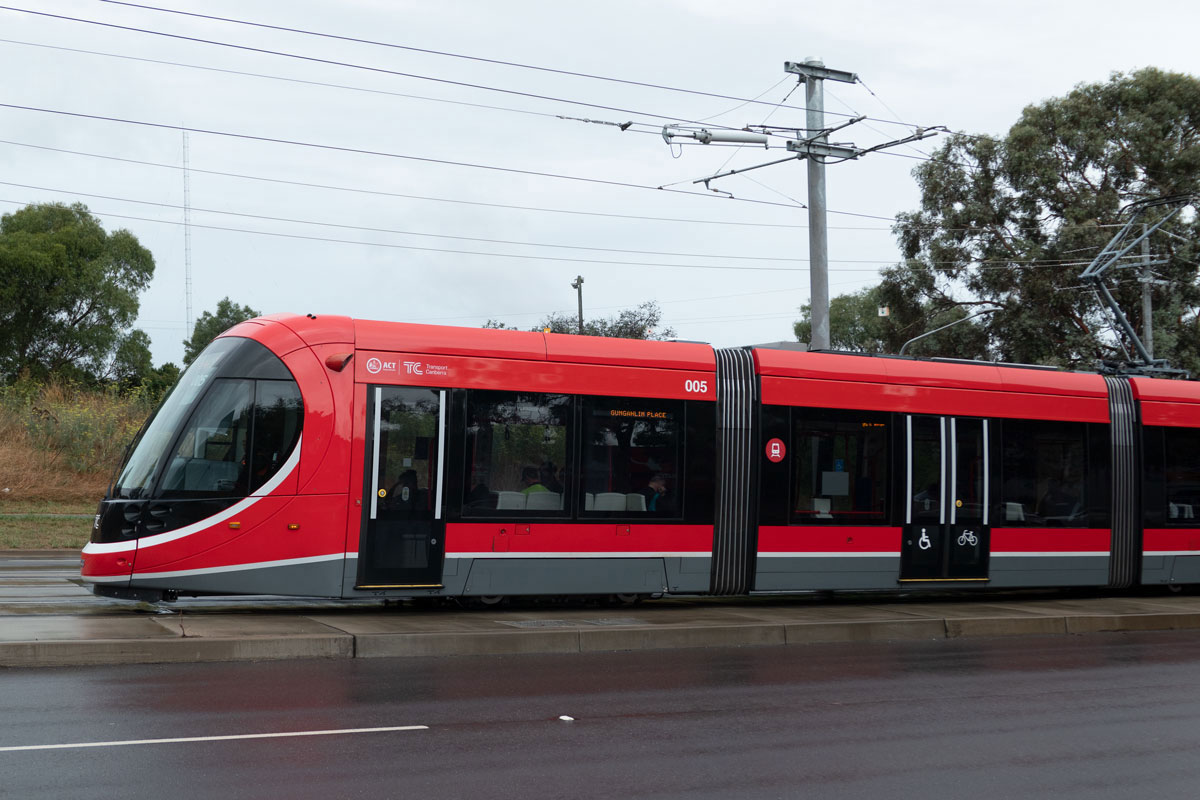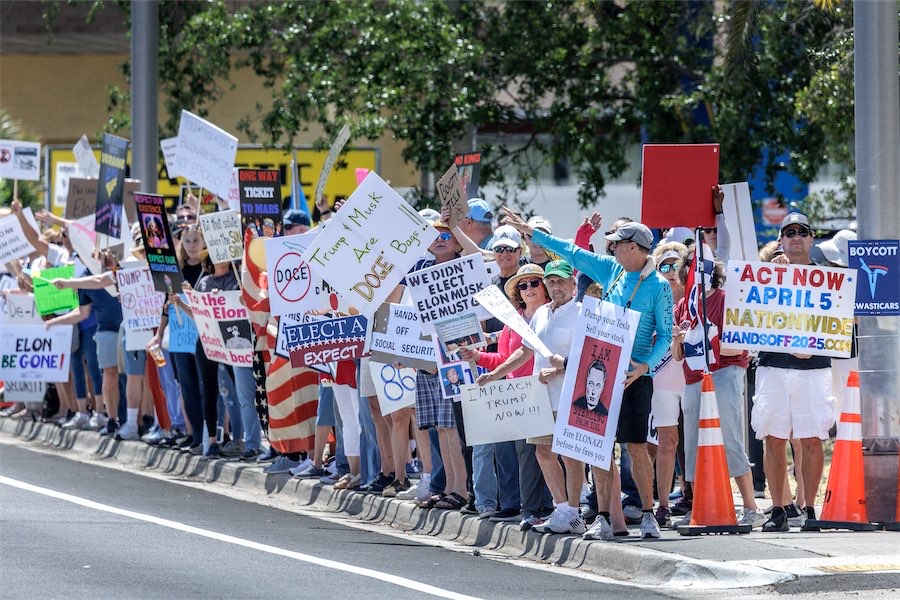
“If that housing money was spent on housing (not the tram), more people would have a roof over their heads and would no longer be on the social housing lists – where the waiting times are growing, not reducing,” writes “Canberra Matters” columnist PAUL COSTIGAN.
GIVEN their historical policy positions, the ACT Greenslabor coalition government would have been expected to have had a high priority on social housing and homelessness programs. But then there was the tram.

The tram was heralded as part of the transformation of public transport, getting people out of cars, improving the transport networks across Canberra and a lot more.
In 2012 the forecasted costs varied from around $610 million to $700 million. Katy Gallagher, as the then chief minister, emphasised that there was no open cheque book, meaning there was to be a limit on the spending for the tram.
Time and time again voters were not convinced about the Canberra Liberal leadership and with no realistic alternatives, Greenslabor have been winning elections. A vote for the Greenslabor coalition translated as a vote for the Gungahlin tram.
When the ACT Greenslabor government sold off a large part of its public-housing assets along Northbourne Avenue and within Canberra’s inner south, Greenslabor argued these sales were needed to refresh the housing stock.
Apparently, moving tenants out of the inner north and inner south was good for them as well as for the renewal of housing. Not everyone believed this – but it happened.
There have been damning reports about the ACT government’s failure on homelessness and that the availability of social housing has reduced despite the varied claims by members of the Greenslabor government (Jon Stanhope’s “CityNews” column on February 9).
It was also revealed last year (“CityNews”, September 14) by Jon Stanhope and Khalid Ahmed that something was not right about the ACT housing ministers’ claiming that the housing-renewal program was funded through asset recycling – the sale of properties. The columnists published the 2018 agreement between the ACT and federal governments. This sets out that $472 million from the sales of the housing stock along Northbourne and in the inner south was transferred directly to fund the tram (Capital Metro). It was not used for building social housing.
Decisions were made politically and followed through by the bureaucracy to withdraw funds from the housing portfolios and transfer them to assist with paying for the Gungahlin tram.
When these facts surfaced last year there was the usual scoffing by Greenslabor ministers. Significantly, no effort was made to produce anything to challenge the crystal-clear tables about the transfer of money (from housing to tram).
It is now clear that if the identified cheaper and more effective form of rapid transport system had been adopted and there was no theft from the housing portfolios, life would be better for a lot of people.
If that housing money was spent on housing (not the tram), more people would have a roof over their heads and would no longer be on the social housing lists – where the waiting times are growing, not reducing.
The speculation is that the tram to date may have cost something closer to $3 billion – a little more than the assurances given in 2012. Many other portfolio budgets have also been reduced.
Given the obvious impact on the social housing and homelessness programs, surely someone in the Greenslabor cohort and some senior bureaucrats would have stepped forward to say how inhumane it would be to transfer money from housing to help pay for the tram.
Apparently, no-one acted along those lines. Does this mean that the Greenslabor politicians, their political staffers (who write the spin) and the senior portfolio bureaucrats collectively knew that these decisions were increasing inequity in this city by having future tenants wait longer and for some to remain homeless. Did they agree to stay silent on this?
Do the two ACT senators (Gallagher and Pocock) and the federal Labor politicians (Payne, Leigh and Smith) know what happened? Does their silence translate as endorsement of the resultant housing stress and increased inequity in this city?
This looks like being a year for finding out more about the shameful goings-on within the federal bureaucracies on their cover-ups over Robo Debt programs and the harm caused to many. Canberra has a beautiful red tram. But this has come at the cost of people’s chances to be housed and by increasing inequity.
Maybe it is time for everyone to know who thought increasing inequity was a good idea, who produced the spin and alternative facts to justify such cruel decisions and who in 2023 continues to cover up this awful reality.
Paul Costigan is a commentator on cultural and urban matters. There are more of his columns at citynews.com.au
Who can be trusted?
In a world of spin and confusion, there’s never been a more important time to support independent journalism in Canberra.
If you trust our work online and want to enforce the power of independent voices, I invite you to make a small contribution.
Every dollar of support is invested back into our journalism to help keep citynews.com.au strong and free.
Thank you,
Ian Meikle, editor








Leave a Reply